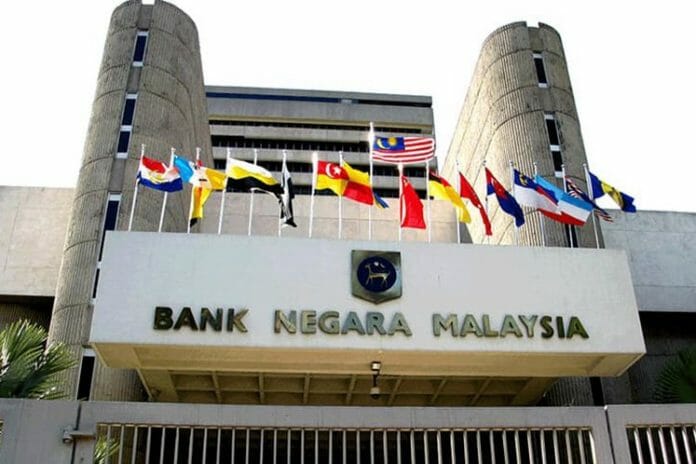Bank Negara Malaysia’s international reserves rose by the most in 16 months, increasing by USD4.9b or 4.4% MoM to USD114.6b as of 30 December 2022 − Sufficient to finance 5.2 months of imports of goods and services (previously retained imports) and is 1.0 time total short-term external debt.
The rise was mainly attributable to the improvement in market condition as reflected by an increase in foreign currency reserves and gold − Foreign currency reserves (+USD4.4b or 4.5% MoM to USD102.6b): back to above the USD100.0b level for the first time in seven months, mainly due to FX revaluation gains and higher converted value of non-dollar assets. − Gold (USD0.24b or 11.4% MoM to USD2.3b): the fastest pace of increase in almost seven years due to an increase in gold price amid recessionary fears.
Meanwhile, both special drawing rights and IMF reserve positions increased by USD0.17b and USD0.07b respectively. In ringgit terms, the value of BNM reserves declined by RM5.7b or -1.1% MoM to RM503.3b − USDMYR monthly average (4.410; Nov: 4.610): the ringgit appreciated by the most since September 1998, mainly due to the USD index (DXY) downward correction amid Fed’s less hawkish expectation, US cooler-than-expected core inflation reading, seasonal weakness and the Bank of Japan’s surprise policy shift. The local note was also supported by the strengthening of the yuan amid China’s reopening optimism. However, the ringgit’s upside was partially capped by weaker-than-expected domestic macroeconomic readings and global recessionary fears.
Regional currencies: all ASEAN-5 currencies strengthened against the greenback as the DXY fell to an average of 104.5 in December (Nov: 108.0) due to a return of risk-on sentiment. The appreciation was led by THB (4.7%), followed by MYR (4.5%), PHP (3.5%), SGD (2.6%), and IDR (0.3%).
Kenanga is of the view that BNM may end its tightening cycle soon due to the looming global growth slowdown and increasing uncertainties − In an attempt to curb the record-high core inflation, BNM is expected to deliver its fifth rate hike in a row on 19 January, bringing the overnight policy rate to 3.00%. In March, the possibility of another similar-sized rate hike depends mainly on the inflation trend and growth outlook, in which a higher-than-expected reading may compel the BNM to increase the OPR to 3.25%. − USDMYR year-end forecast (4.11; 2022: 4.40): a further widening of monetary policy divergence between BNM and the Fed may pressure the ringgit to trade weaker against the USD in 1Q23. However, in 2023 as a whole, the research house has a fairly bullish opinion on the ringgit, with the local note expected to trade stronger around the 4.32 level on average as it benefits from diminishing USD strength due to a potential Fed pivot in 2H23 and the appreciation of the yuan due to the eventual reopening of China.









